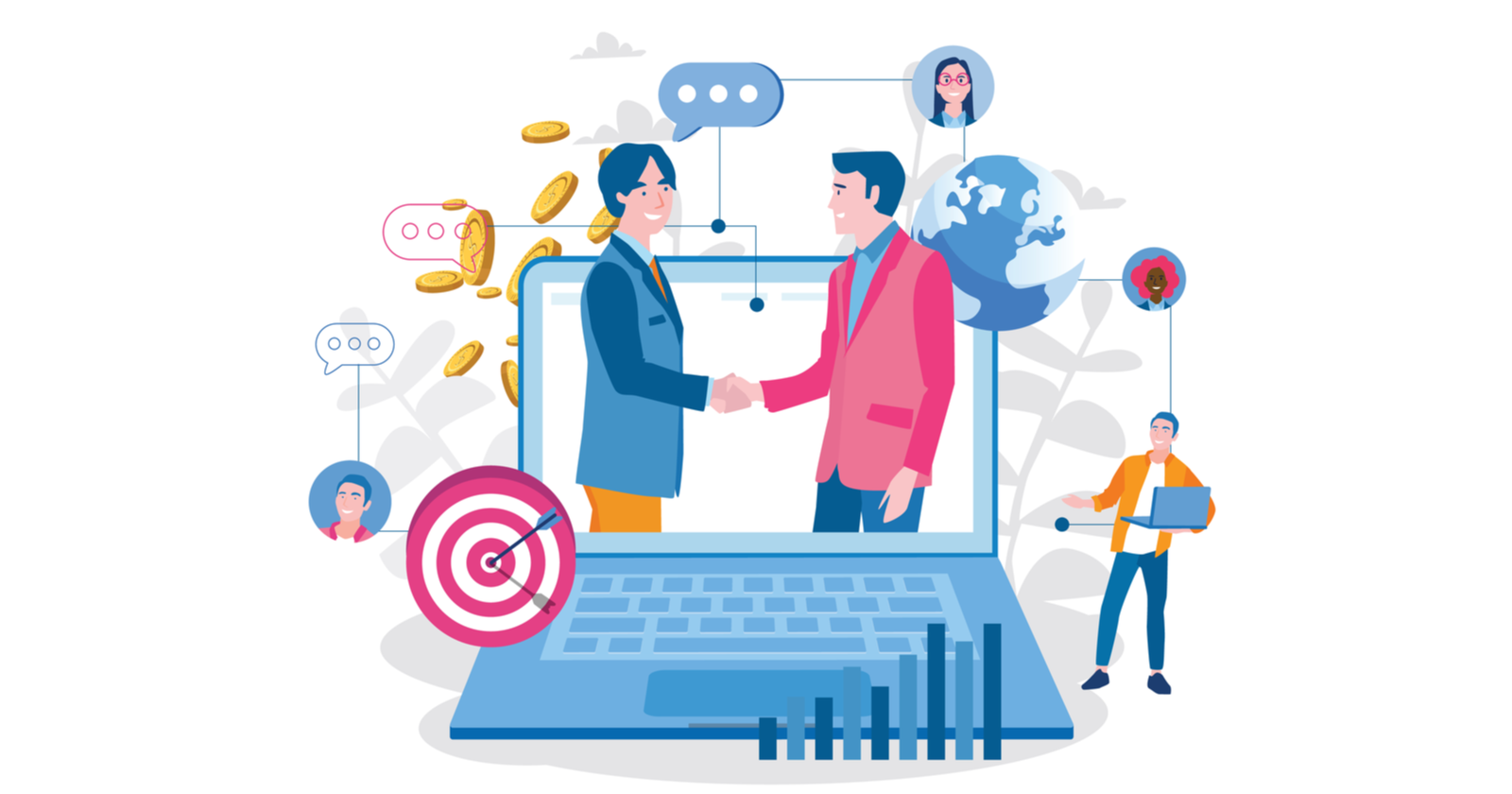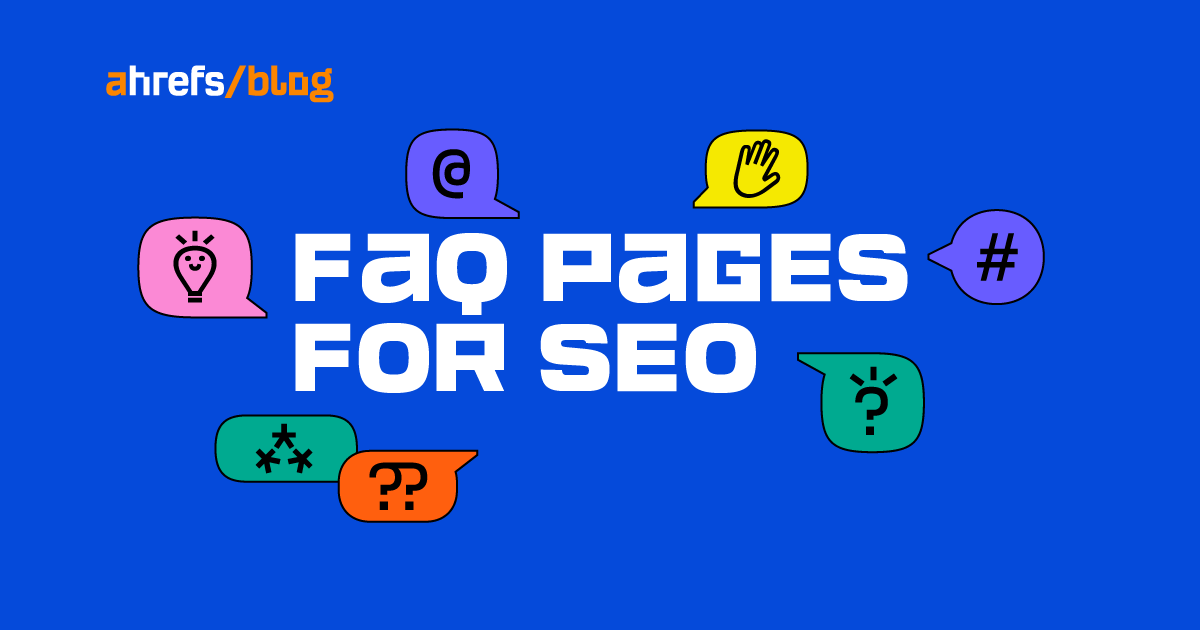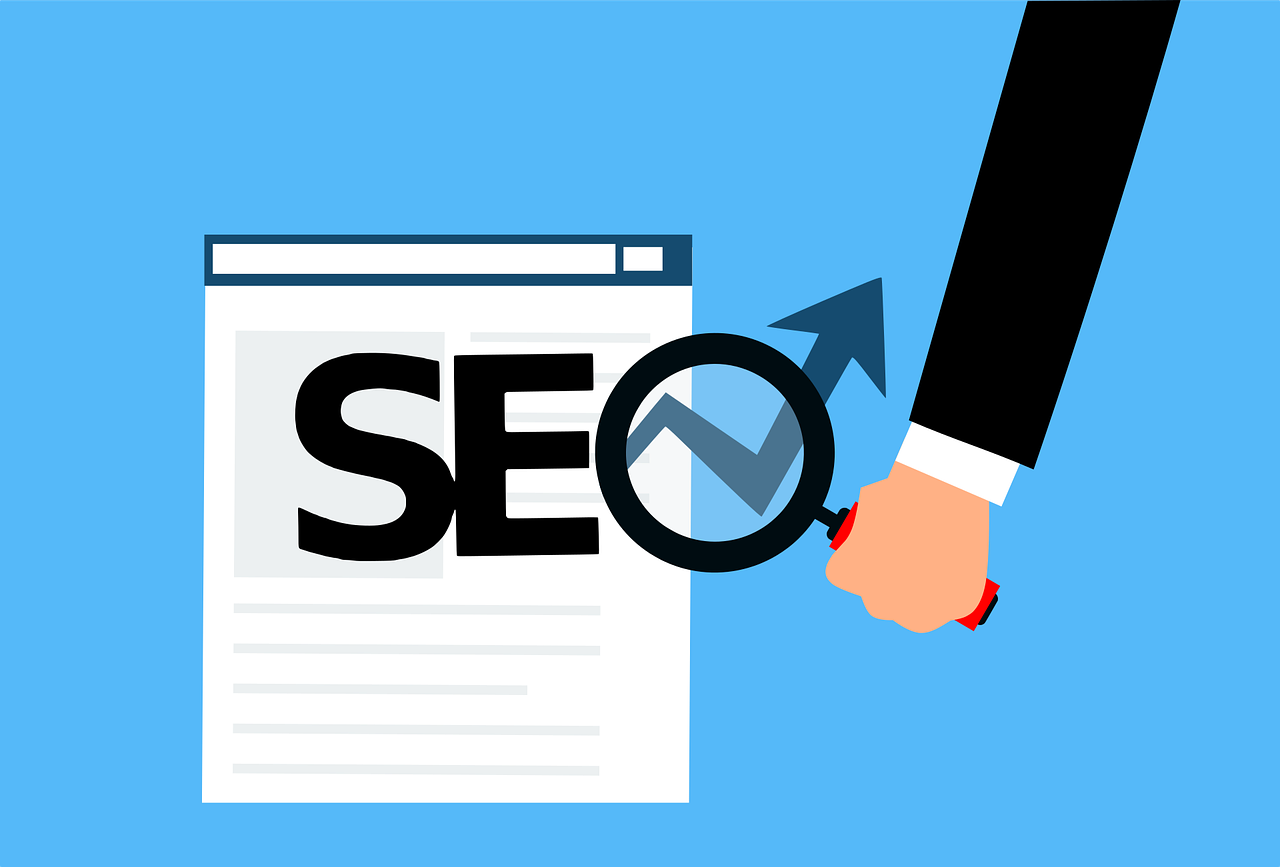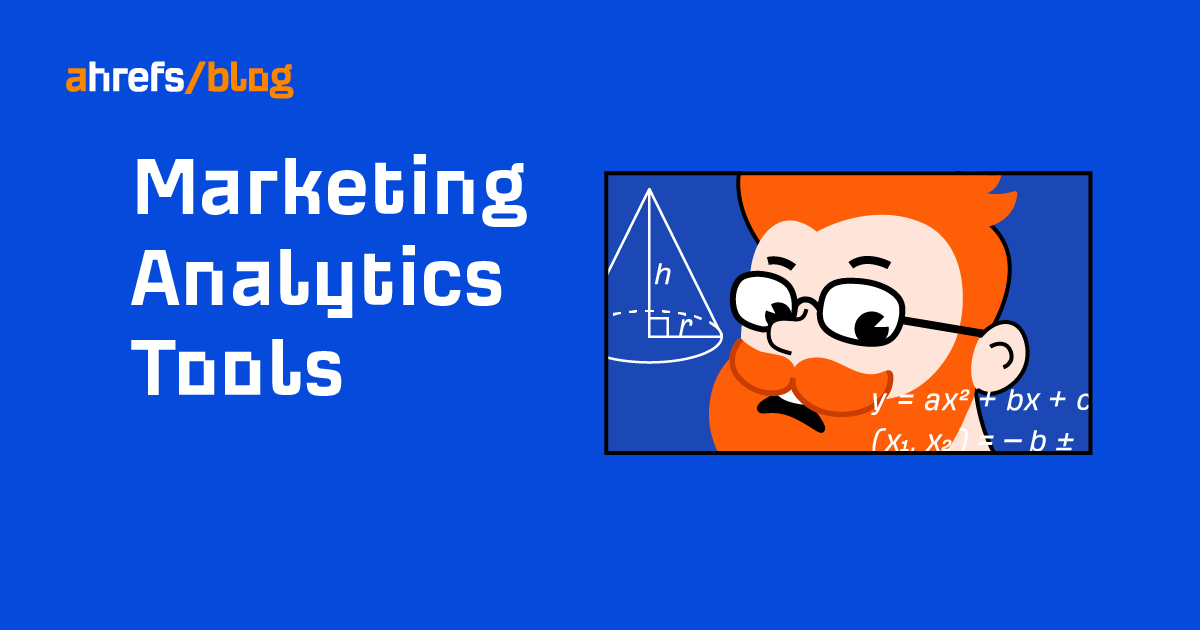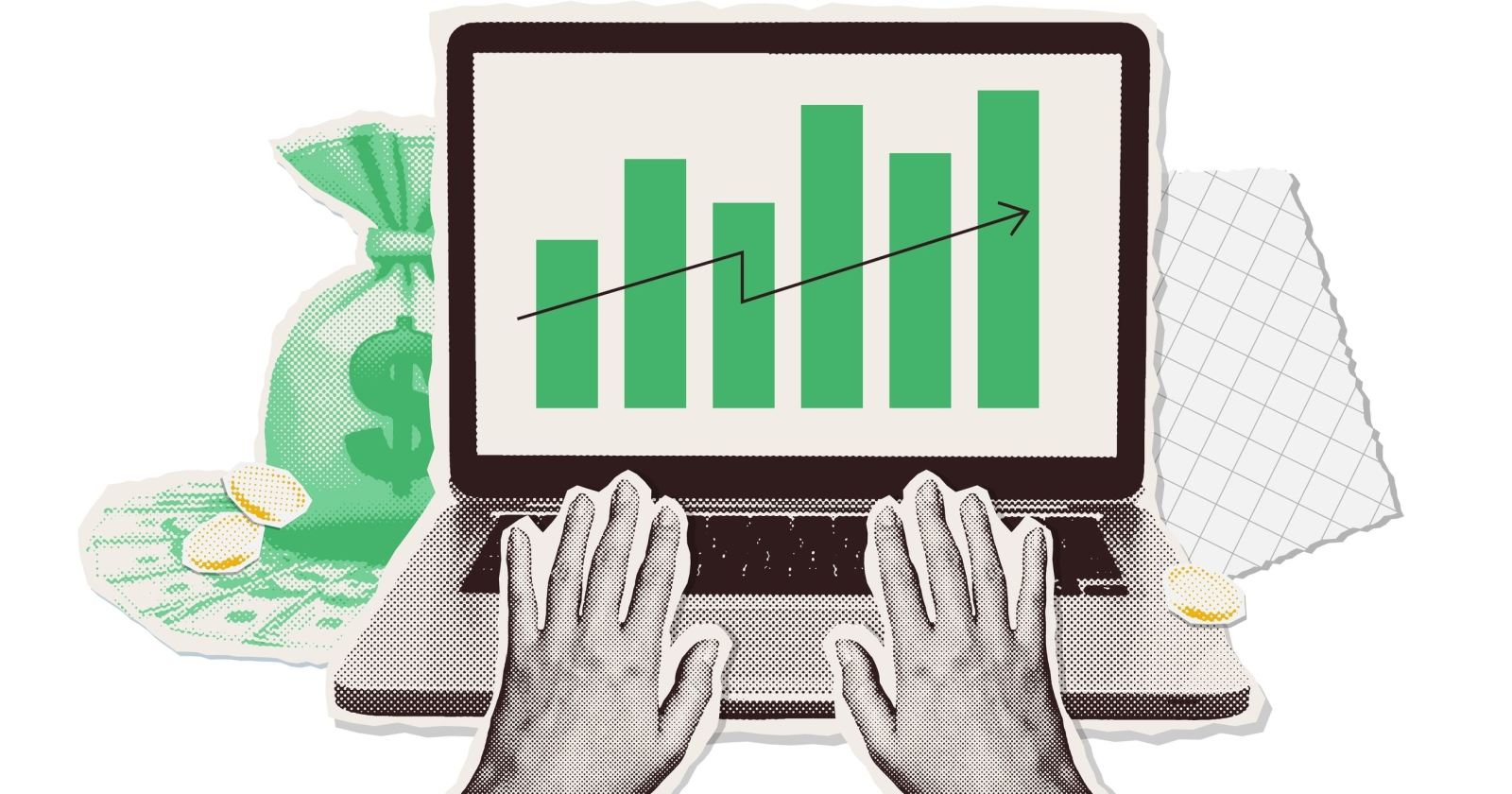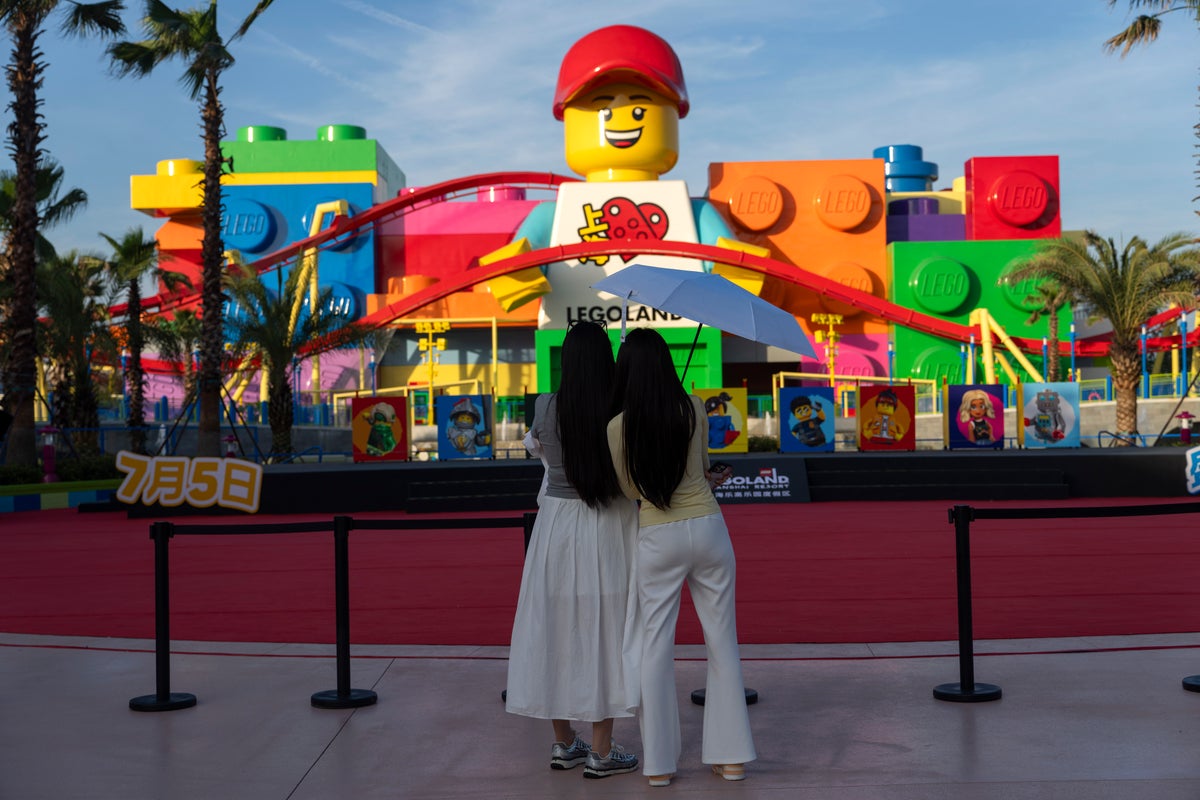What Is The Content Marketing Funnel? via @sejournal, @rio_seo
Gain a thorough understanding of your target customer, how they think, what they are looking for, and how you can solve their problem. The post What Is The Content Marketing Funnel? appeared first on Search Engine Journal.
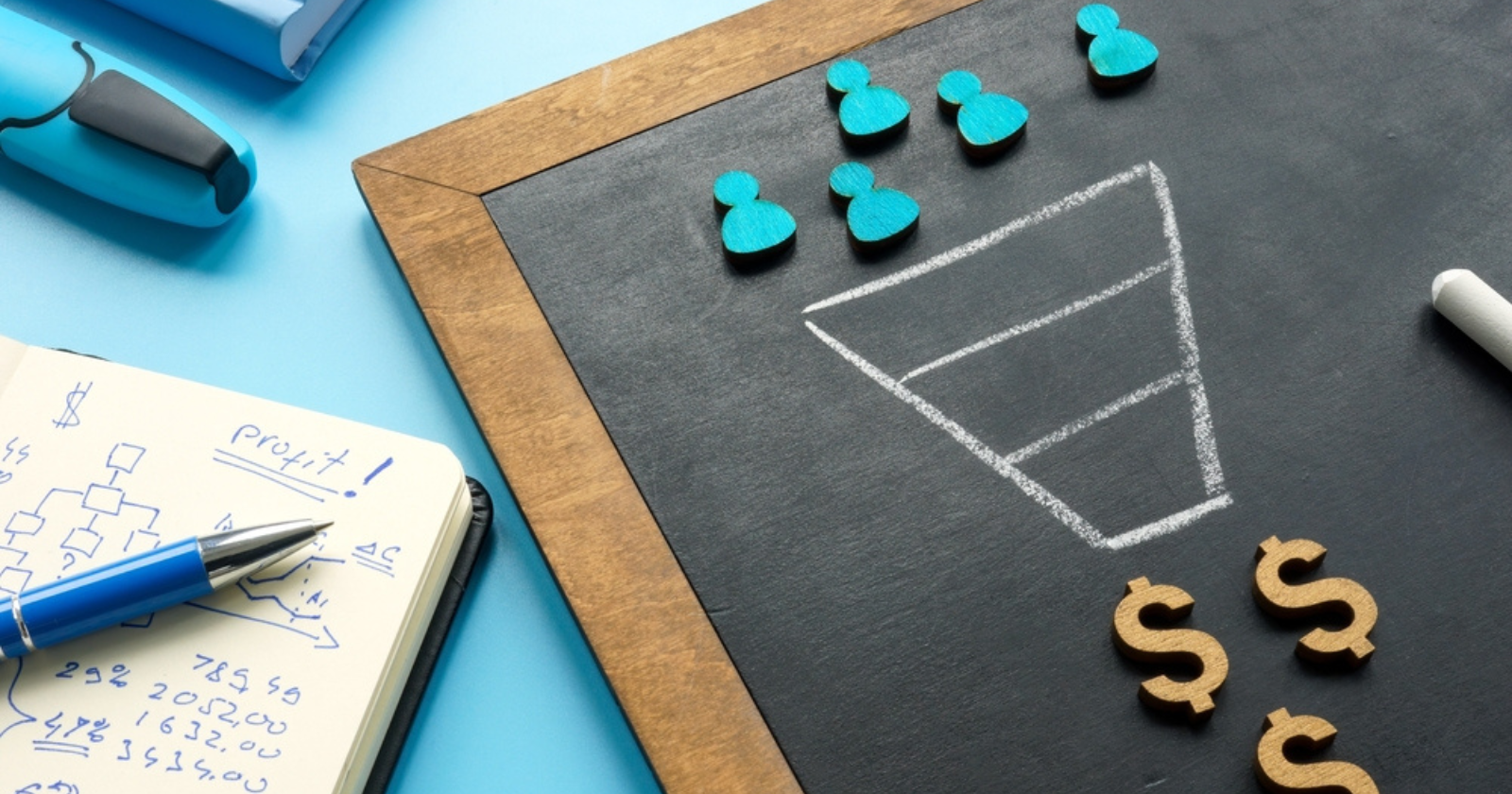
You’ve identified your target prospective customers, are consistent with your content creation, and leverage different content types to promote your product or service. Your content strategy seems solid enough then, right?
The truth is, your content marketing efforts can, and should, always be evolving.
Just as marketing strategy best practices shift and adapt to current consumer behavior trends, so too should content marketing.
Your sales team has likely already mapped out a sales funnel to better understand what your target audience is thinking and doing at each stage of the purchasing journey.
You, too, can create a content marketing funnel to guide your ideal customers from the awareness stage to the conversion stage where they become actual customers.
In this post, we’ll explore what exactly a content marketing funnel is, how to create a successful content marketing funnel that converts, and the types of content pieces to include in each stage of the funnel.
What Is A Content Marketing Funnel?
A content marketing funnel enables content marketers to visualize how to leverage existing content to attract potential customers and guide them through their journey until they reach the end goal.
This end goal may include a sale, a demo, a download, or another type of conversion.
Each stage of the funnel provides a purpose, such as attracting attention, generating high-quality leads, and closing conversions.
A marketing funnel can provide brands with greater visibility into where they may have content gaps along the customer journey.
For example, if a brand has a considerable amount of content aimed at buyers in the awareness stage but not enough content in the decision stage, they may want to shift their efforts to creating more bottom-funnel content.
How To Start Mapping Your Content Funnel
You’ll first want to assess your current content inventory, including every type of content you produce, whether that be blog content, long-form content (such as ebooks or white papers), and more.
When reviewing each piece of content, you’ll then want to assign what stage of the buyer journey the content aligns with. These stages will include:
Top of the funnel (TOFU): Awareness stage. In this stage, potential customers are searching for information. Middle of the funnel (MOFU): Interest and consideration stage. In these stages, potential customers are looking at your products or services and reading customer reviews. They may also present this information to key stakeholders. Bottom of the funnel (BOFU): Intent, evaluation, and conversion stage. Buyers are ready to move forward with their purchasing decision.As you can see by examining each stage individually, your target audience needs diverse pieces of content depending on where they are at.
Your funnel content can’t adopt a one-size-fits-all approach, or you won’t effectively reach potential buyers. Relevant content must be presented at each funnel stage.
Let’s explore the most effective types of content for each funnel stage.
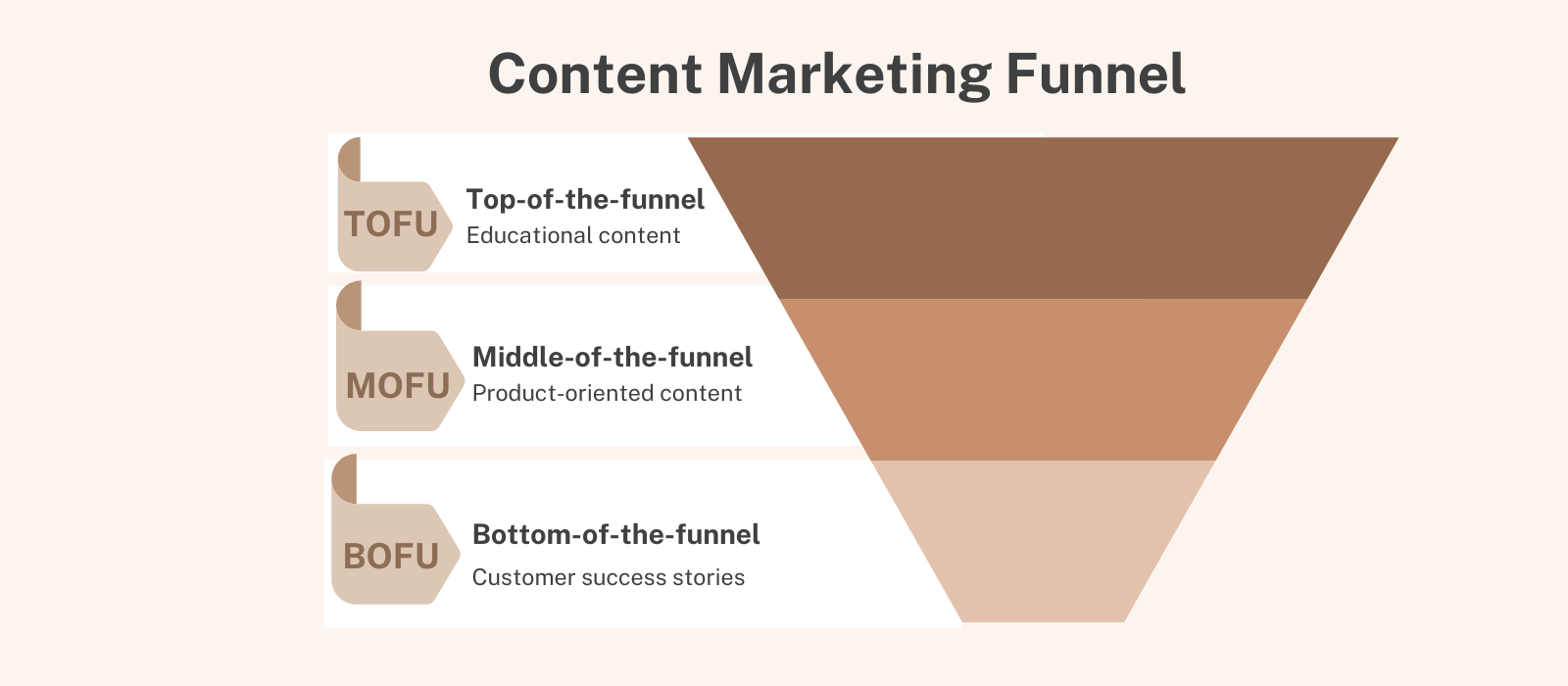 Image created by author, January 2023
Image created by author, January 2023
Top Funnel Content
The top of the funnel is where customers are gathering information to help guide them through the buyer journey.
At this stage, a customer is likely just getting familiar with your business and what you have to offer.
Here, you want to build a positive customer experience to show the buyer you’re worth engaging with further.
You’ll want to answer their questions, educate them on their queries, and turn these potential customers into warm leads.
A study conducted by Semrush found the following types of TOFU content work best when attracting traffic.
“How-to” guide (72%). Landing page (35%). Infographic (28%). Checklist (27%). Ebook/white paper (26%). Video tutorial (23%).As you can see, most of these types of content are educational materials designed to provide more information in the awareness phase.
The primary goal of your content in this stage is to offer help, and it shouldn’t be too sales-oriented.
Middle Funnel Content
Once your ideal customers reach the middle of the funnel, they’re no longer looking for surface-level, introductory content.
You’ll instead want to look towards creating content that nurtures prospective customers further down the funnel. They might be looking for customer stories, product reviews, or a how-to video.
Looking at the results from the same Semrush study, the following types of MOFU content work best when attracting traffic.
“How-to” guide (44%). Product overview (40%). Case study (34%). Landing page (31%). Webinar (31%). Success story (30%)Consider these potential customers were likely already introduced to your brand during the discovery stage, and therefore should not be presented with discovery stage content. An effective content strategy entails personalizing content for your audience.
In fact, research shows 71% of consumers expect companies to deliver personalized interactions – and 76% get frustrated when this doesn’t happen.
If you’re not tailoring your content plan and content marketing formats to customers at every stage, you risk creating a poor customer experience with your business.
Bottom Funnel Content
Once a potential customer has reached the bottom of the funnel, they’re seeking content that helps them finalize their purchase decision.
They’re looking to learn how your product or service will make their return on investment worthwhile and why you’re the better option than your competitor.
Because these customers are well beyond the awareness stage and looking to potentially convert, the type of content you present to them is crucial to building trust and, ultimately, completing the purchase.
The content you present during the consideration phase can make the difference between a conversion and a lost sale. The top-performing content types in the BOFU stage include:
Product overview. Customer review. Success story.Consider sharing success stories of current customers that are similar to your prospect at this stage of the funnel.
Other examples of content to include at this stage are email campaigns featuring positive customer testimonials and product collateral. Include special offers, free trials, or live demos, too.
What To Do Once You’ve Assessed Your Content
Once you have a comprehensive view of the content that already exists for every stage of the journey, it’s time to identify where you have gaps.
You’ll also want to determine the types of content assets you need to create. For example, maybe you’ve identified you don’t have any how-to content for buyers in the awareness phase. Or, perhaps, you don’t have enough customer success stories.
After you’ve identified content gaps, it’s time to put together an editorial calendar to prioritize what you need to tackle first and when.
Your editorial calendar should be monitored daily to keep track of what you have in the queue, what’s coming up, the intended content audience for the piece, and where the piece falls in the content marketing funnel.
It may also be worthwhile to conduct a competitive analysis of your competitor’s content marketing strategy to identify opportunities for new additional content pieces and how you can make your content better.
You want both relevant and helpful content to meet Google’s Helpful Content System’s standards and create an optimal user experience.
Conclusion
Having a comprehensive and cohesive content strategy is critical for creating a rewarding buying experience. Keep your audience in mind with each piece of content you create.
You’ll also want to have a thorough understanding of your target customer, how they think, what they are looking for, and how you can solve their problem.
An effective content marketing funnel takes time, testing, and patience to perfect, but it’s absolutely necessary to outshine your competitors and come out on top.
More resources:
7 Best Content Marketing Platforms For An Effective Strategy Here’s Your B2B Multichannel Full-Funnel Strategy In 5 Simple Steps Content Marketing KPIs: Your Guide to Picking the Right KPIs for ContentFeatured Image: Vitalii Vodolazskyi/Shutterstock

 ValVades
ValVades 







